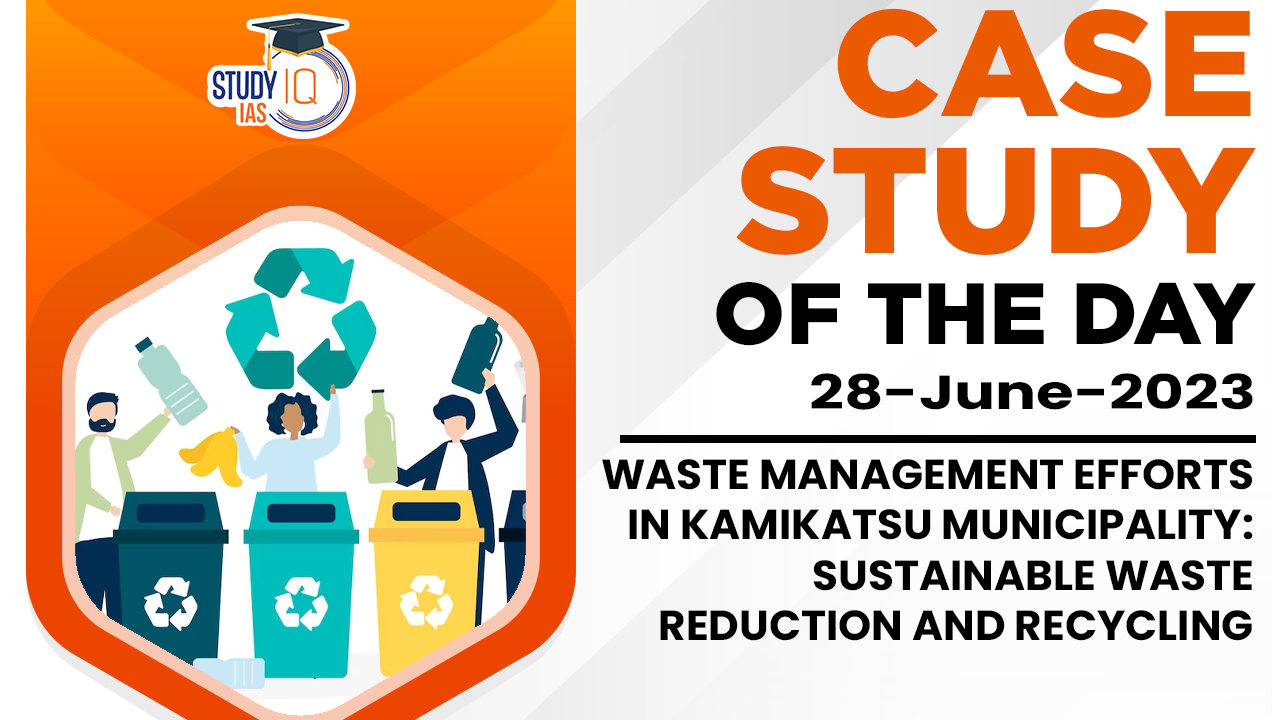Table of Contents
Introduction
Kamikatsu is a small town located in Tokushima Prefecture, Japan. Like many other regions in the country, it faced a waste management crisis during the period of rapid economic growth. Between 1960 and 1980, waste volume skyrocketed from 8.9 million tons to 43.9 million tons, necessitating a reevaluation of waste management practices.
Challenges and Goals
The municipality of Kamikatsu recognized the environmental and health risks associated with incineration and decided to take a different approach to waste management. The key goals were to minimize waste generation, promote recycling and reusing of materials, and ultimately achieve zero waste.
Strategies and Initiatives
- Source Separation: Kamikatsu implemented a rigorous source separation system, requiring residents to sort their waste into 45 different categories. This meticulous separation process enabled efficient recycling and reduced contamination.
- Recycling Center: The municipality established a comprehensive recycling center, equipped with various facilities to process and sort recyclable materials effectively. The center served as a central hub for waste management activities, providing education and support to residents.
- Composting: Kamikatsu promoted composting as a means to handle organic waste. By encouraging residents to compost at home and facilitating community composting initiatives, organic waste was converted into valuable fertilizer for local farms.
- Reuse and Repair: The municipality encouraged the reuse and repair of items through the establishment of a “kuru-kuru” shop, where residents could donate and acquire second-hand goods. This initiative aimed to reduce unnecessary consumption and prolong the lifespan of products.
- Education and Awareness: Kamikatsu invested in extensive educational programs and awareness campaigns to foster a culture of waste reduction and recycling. Workshops, seminars, and community events were organized to engage residents and impart knowledge about sustainable waste management practices.
Results and Achievements
Kamikatsu’s waste management efforts yielded remarkable results and became an inspiration for sustainability advocates worldwide.
- Zero Waste Target: The municipality set a bold goal of achieving zero waste by 2020. While the complete elimination of waste proved challenging, Kamikatsu successfully reduced its waste volume by 80% through recycling and source separation.
- Increased Recycling Rate: The recycling rate soared to approximately 80%, significantly surpassing national averages. Kamikatsu’s residents played a pivotal role in achieving this feat through their diligent waste sorting and cooperation.
- Enhanced Local Economy: The emphasis on reusing and repairing items stimulated the growth of local businesses and fostered a circular economy. The “kuru-kuru” shop became a symbol of sustainable consumption, attracting visitors and generating economic opportunities.
- Environmental Preservation: By avoiding incineration and reducing landfilling, Kamikatsu mitigated pollution risks and conserved natural resources. The community’s efforts contributed to a cleaner environment and a reduced carbon footprint.
Challenges and Lessons Learned
- Changing Mindsets: Implementing such a comprehensive waste management system required significant efforts to change residents’ mindsets and habits. Overcoming resistance and ensuring widespread participation proved to be a continuous challenge.
- Infrastructure and Logistics: Establishing the necessary infrastructure, including recycling facilities and collection systems, demanded significant investment and coordination. Kamikatsu had to overcome logistical obstacles to manage waste effectively.
- Collaboration and Cooperation: The success of Kamikatsu’s waste management initiatives relied on close collaboration between the municipality, residents, and businesses. Regular communication, engagement, and cooperation were essential to maintain momentum.
Conclusion
Kamikatsu municipality’s waste management efforts serve as a remarkable case study in sustainable waste reduction and recycling. By prioritizing source separation, recycling, and community involvement, the town achieved significant waste reduction, enhanced its local economy, and protected the environment. Kamikatsu’s journey highlights the transformative power of innovative waste management practices and serves as an inspiration for other communities striving for sustainable solutions to waste management challenges.


 Defence Acquisition Council (DAC): Role,...
Defence Acquisition Council (DAC): Role,...
 Alternate Wetting and Drying (AWD): A Cl...
Alternate Wetting and Drying (AWD): A Cl...
 Makaravilakku Festival: Significance, Ri...
Makaravilakku Festival: Significance, Ri...

























